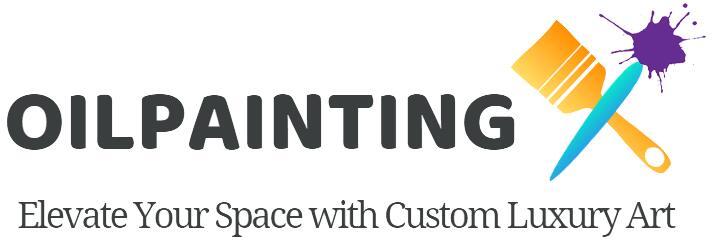Oil Painting Info
Zao Wou-Ki: Bridging East and West in Modern Abstract Art
Zao Wou-Ki (1920–2013)
Zao Wou-Ki, the distinguished painter known internationally by his French name, shone brilliantly in the firmament of modern art. His paintings served as bridges, seamlessly blending the expressive techniques of Western art with the ethereal spirit of the East. Within the vast ocean of Abstract Expressionism, he carved out his own unique path, establishing a style unmistakably his own.
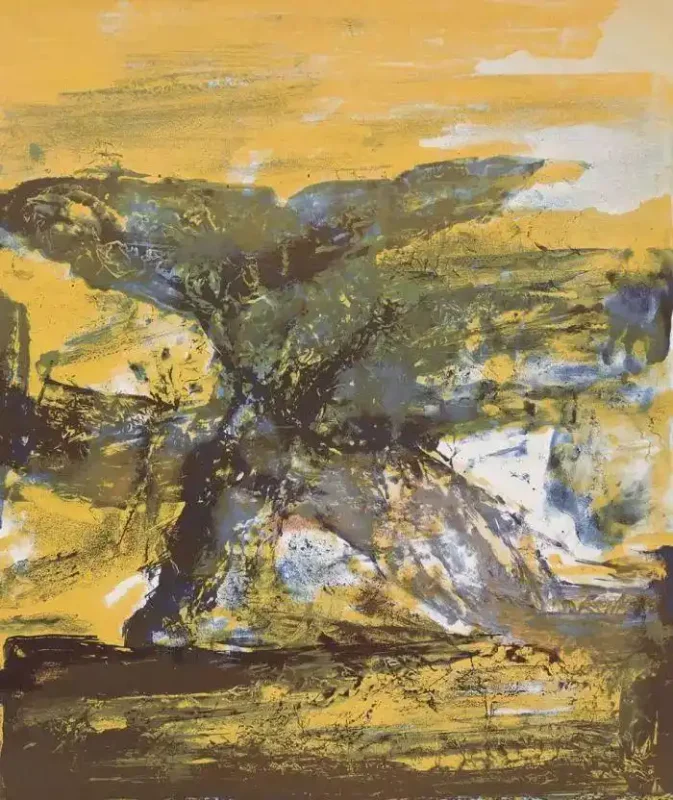
Born in Beijing in 1921, Zao demonstrated an early fascination with literature and history, as if innately destined to pursue beauty. At the age of fourteen, he entered the Hangzhou School of Fine Arts. Though confined within the academic rigor of traditional instruction, he was like a wild horse unrestrained—unwilling to accept rigid conventions and instead determined to explore the “principles” and “forces” behind composition. With a distinctive vision and touch, he planted the seeds of his own artistic voice in the world of oil painting.
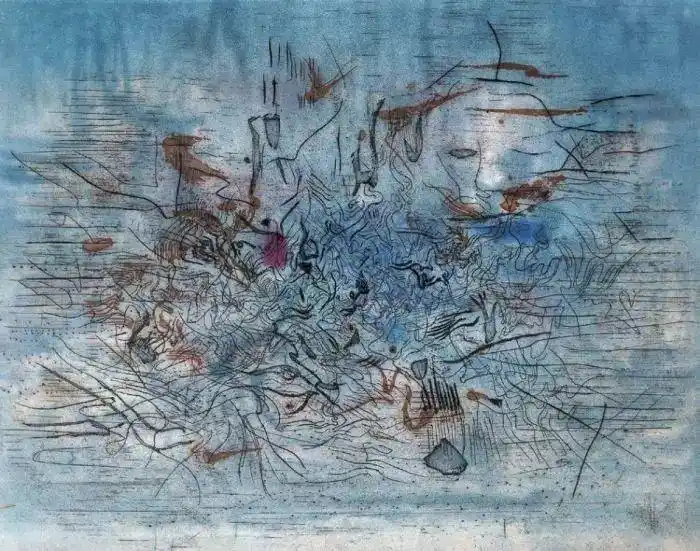
In 1941, the city of Chongqing witnessed his first solo exhibition, where his works, deeply inspired by the artistic spirits of Matisse and Picasso, radiated a unique brilliance. The following year, he co-organized a group exhibition at the National Museum of Natural History in Chongqing alongside masters such as Lin Fengmian and Guan Liang. The event drew intellectuals and young artists alike, receiving widespread acclaim.
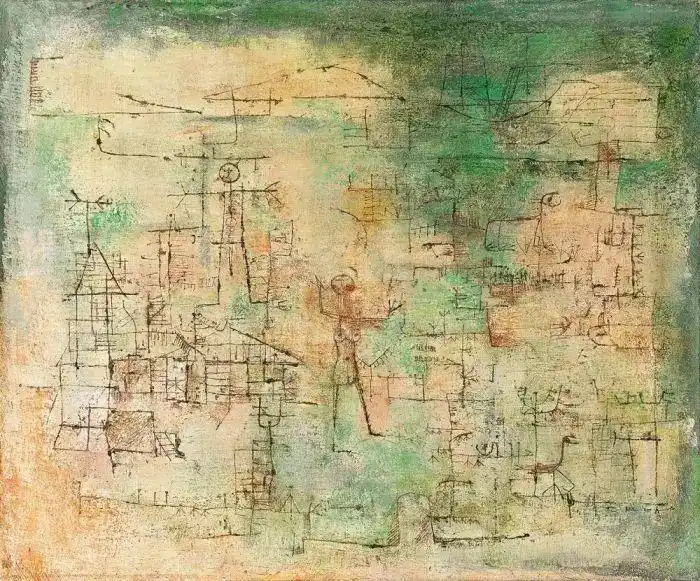
In 1948, Zao embarked on a journey to Paris, marking the beginning of a new chapter in his artistic exploration. Traveling widely across Europe, he expanded his artistic horizons. The philosophy of Paul Klee illuminated his path, teaching him that “art does not reproduce the visible, but makes the invisible visible.” This revelation resonated deeply with Chinese aesthetics, which emphasize spirit resemblance and the pursuit of artistic conception. In Europe, paradoxically, Zao rediscovered “China” within himself; his cultural roots bloomed anew on foreign soil.
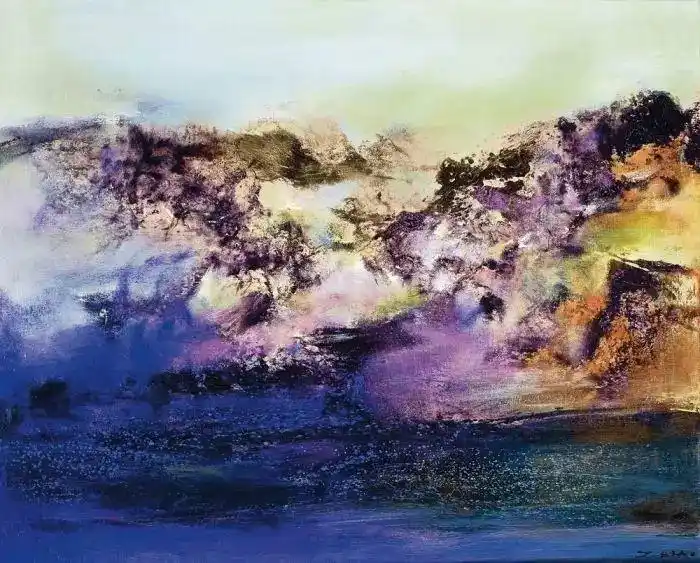
During the 1950s in Paris, as abstraction surged, Zao too turned toward abstract expression. Gradually, his works broke free from narrative structures and employed abstract symbols to convey meanings beyond the visible world. Works such as Wind and The Flooded City stand as intimate monologues of his artistic journey during this transformative period.
His visit to the United States in 1957 brought a dramatic evolution. Abandoning pictographic symbolism, Zao embraced a freer, more unrestrained mode of expression. Through sweeping brushstrokes and liberated color fields, he poured his innermost emotions and spirit onto the canvas. The interplay of light, color, and space created a unique visual language, inviting viewers into realms of dream and wonder.
From then onward, his style matured into a highly distinctive form. His career can be divided broadly into two stages: in the 1960s and early 1970s, his works often featured darker tones, fierce brushwork, and powerful dynamism; while from the mid-1970s onward, his oil paintings grew brighter, more radiant, and infused with explorations of light and spatial depth. Elements of nature—heaven, earth, water, and fire—appeared in his compositions, imbuing them with the atmosphere of landscapes and an aura of tranquility.
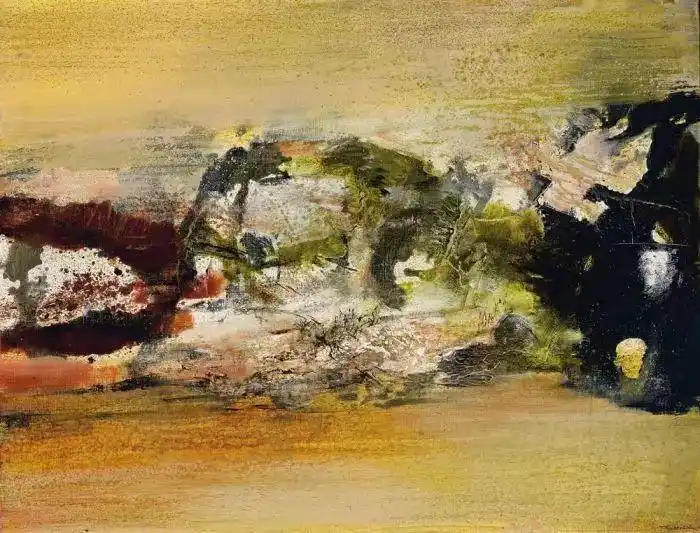
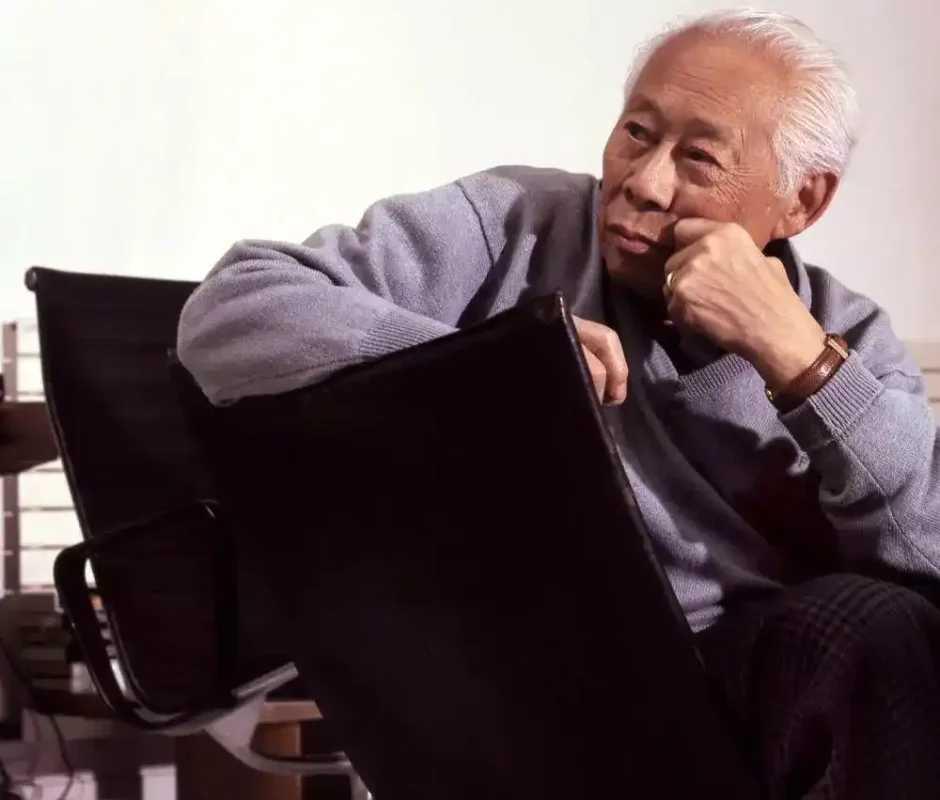
By the 1990s, Zao’s art reached an unprecedented level of refinement. His paintings simultaneously revealed the beauty of representation—such as the moonlit ripples in 25 October 1990 or the rugged forests of 6 February 1996—while transcending representation itself. They embodied the Chinese philosophical ideal of harmony between man and nature, attaining a state of serenity and oneness with the cosmos.

Zao Wou-Ki, the artist who rediscovered and reinterpreted the spirit of Chinese philosophy in Europe, was not merely innovating within Western forms—he was carrying forward and elevating the essence of Eastern aesthetics. As architect I. M. Pei once praised in a preface to one of his exhibitions: “His paintings and lithographs bring me the mystery of Klee and the simplicity of Ni Zan’s landscapes. Zao Wou-Ki is without question one of the greatest living artists in Europe today.”
